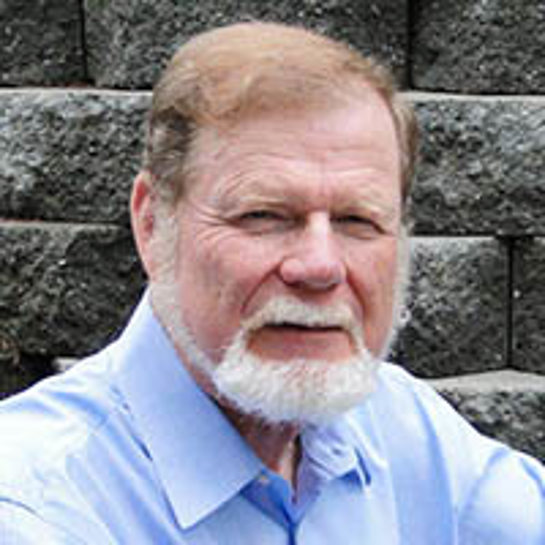Describing the Universe with Breadth and Depth
Climate, Chaos and COVID: How Mathematical Models Describe the Universe. By Chris Budd. World Scientific Publishing Europe Ltd., London, England, April 2023. 312 pages, $78.00.

With Climate, Chaos and COVID: How Mathematical Models Describe the Universe, applied mathematician and SIAM member Chris Budd has crafted an exceptionally well-written account of mathematical reasoning’s contributions to enormous insights about the physical world. A nuts-and-bolts experimental physicist could not have done a better job. Budd is currently a professor at the University of Bath in England, having previously served as the Gresham Professor of Geometry at Gresham College from 2016 to 2020. His book is an expansion of 24 public lectures on mathematical modeling that he presented during his four years at Gresham.
Both the breadth and depth of Climate, Chaos and COVID are highly impressive. I specifically mention depth because Budd is not shy about including equations; in fact, he makes a persuasive case for why they should be included, even in a book like this that is meant for a much wider audience than just professional mathematicians. And I mention breadth because the text covers a remarkably large number of topics.
Budd begins with Galileo’s discovery of simple pendulum physics during an apparently less-than-exciting 16th-century religious service (the swaying of an overhead chandelier was far more interesting to Galileo than whatever the priest happened to be saying). And yes, differential equations do appear. Budd then goes on to write equally admirable essays about some of the following topics (though this is not an exhaustive list): the geometry of locating whales in the ocean; the spread of diseases (this is where COVID-19 comes into play); James Clerk Maxwell’s theory of the electromagnetic field (including partial differential field equations) and its ramifications for radio; chaos theory (including the butterfly effect, long-range weather forecasting, and the Lorenz equations); mathematical models for the study of climate change; the math of electrical power distribution systems (he does not avoid the complex number algebra that is associated with electrical engineering); wind energy extraction; the heat equation (including Fourier series); the strength of materials; and Newton’s theory of gravity, with applications to both long-term concerns (i.e., the stability of the solar system) and current issues (i.e., the physics of near-Earth satellites).
In addition to the text’s more serious discussions, Budd includes numerous personal observations and philosophical insights on “doing math” that I found both pertinent and informative. For better or worse, he also has a well-developed sense of humor that does periodically lead to corny jokes, such as “Why did the mathematician cross the road? To prove that the other side exists.” Nevertheless, this easily forgiven “flaw” just demonstrates that Budd wrote the book with more than a purely academic audience in mind. And to be fair, I should add that this seemingly off-the-wall question quickly transforms into a nice example of mathematical modeling to find “the best way to cross a road” given the impact of pedestrian road crossings on the flow of automotive traffic.
I strongly recommend Climate, Chaos and COVID to anyone who both loves mathematics and disagrees with G.H. Hardy’s well-known assertion that good math can only be math that has no applications. Budd’s book is an elegant illustration that effectively refutes Hardy’s claim.
About the Author
Paul J. Nahin
Professor, University of New Hampshire
Paul J. Nahin is a professor emeritus of electrical engineering at the University of New Hampshire. He is the author of more than 20 books on mathematics, physics, and electrical engineering; his latest book, The Mathematical Radio, is set to publish through Princeton University Press in early 2024.

Stay Up-to-Date with Email Alerts
Sign up for our monthly newsletter and emails about other topics of your choosing.



